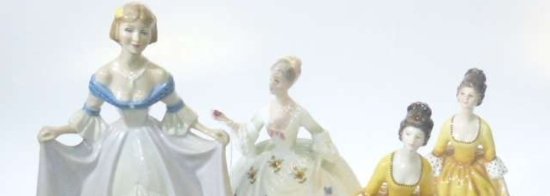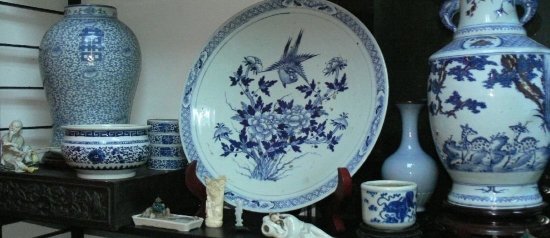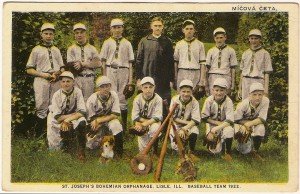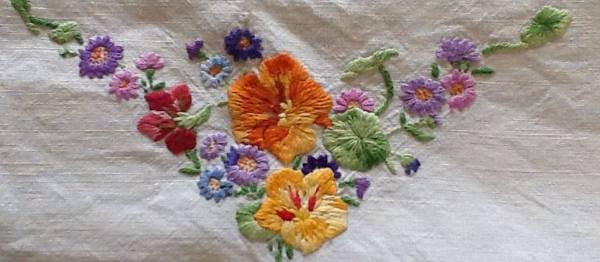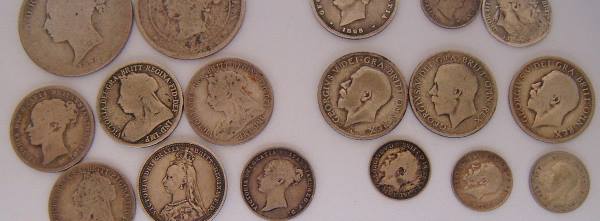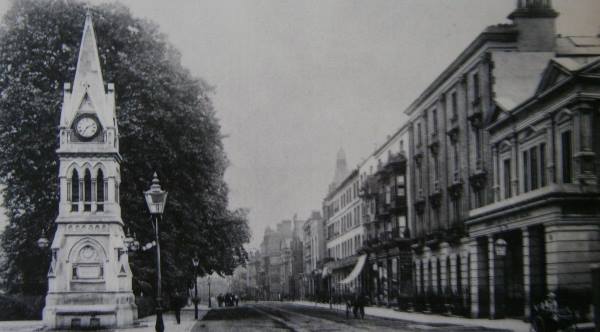The years between 1880 and 1890 are considered Kirkcaldy’s Golden Years – with famous names from that time including the economist Adam Smith, architect Robert Adam, and a thriving industrial network of linoleum works, rope making, nailsmiths, coal, clay, linen and ten potteries. A socially-aware work force comprised active trade unions, the Gardeners Society, Boys Clubs and very well informed newspapers, which were widely read by Kirkcaldy’s workforce of men and women. Tales abound about good schools with strict teachers.
Into this thriving world came Wemyss ware under the astute guidance of Robert Methven Heron (1835 to 1906). It is widely believed the name of his new, highly decorative, pottery derived from the Wemyss family of nearby Wemyss Castle, whose patronage was enthusiastically given to the new bright ware.
Heron was a man of quite remarkable stature; widely travelled, cultured, a good potter with friends in London, Kirkcaldy and Paris. It was on one of his journeys to Europe that he met Karl Nekola, a Bohemian who followed him to the Fife pottery to become head decorator. Nekola settled in Kirkcaldy and in a smart move married Robert Heron’s cook, Isabella Thomson, in 1884. The couple had five children; two of their sons, Carl and Joe also worked at the Fife Pottery. Karl Nekola loved the countryside and cycled round and about Kirkcaldy, gathering inspiration for his Wemyss decoration. He was also a watercolour painter of some note – a man of many talents. Other decorators included James Sharpe, working from 1883 to 1919, David Grinton from 1883 to 1922, Edward Sandiland working from 1916 to 1928, and Joe Nekola who had a chequered career. He went to America in 1889, came back to the pottery in 1912, left to paint carts in Thornton, Fife, returned in 1928, and went to Bovey Tracey in Devon in 1930. His brother Carl decorated from 1919 to 1924.
Wemyss Ware began life as self-coloured ware in sang de beouf, green, yellow, and so on. It was not until Karl Nekola came to the Fife Pottery in 1883 that we see what is thought of as archetypal Wemyss ware with flowers, animals, bees, dragonflies, birds, cows, cockerels and hens, rabbits and berries as well as commemorative ware, depicting, for example, the Randolph Wemyss Memorial Hospital, Crathie Church and Wemyss Town Hall Clock. And we must not forget the sailor jugs, the Beadle and the Fair Maid of Perth. Earlshall was another innovative series of Ewers & Basins, mugs, jugs and of course the Wemyss pigs and the cats.
The varied shapes and sizes developed by Robert Methven Heron and decorated by Karl Nekola seemed to cover most aspects of daily life during this period; from the bedroom to the kitchen, from castles to those who lived and worked near the pottery.
Conditions at the Fife pottery were good for their time: a 60-hour week, 6 days every week. Work began at 6am, when the big bell rang out and each employee was given clean overalls and a drink of hot milk to help counteract the lead poisoning in the glaze used by the potters and decorators. Their time-off, as we say, was a break for breakfast and lunch of one hour for each, and home at 6pm. Wages were in the region of £1 per week for labourers and 30/- for decorators. Karl Nekola and Edward Sandiland received £5 per week.
Wemyss ware was always a cut above the rest of the output from the pottery. For example, blue and white willow pattern plates sold for 2/- per dozen, whereas Wemyss plates would fetch 2/9d per dozen. A great deal of Wemyss was sold through agents, principally Thomas Goode and Co. in South Audley Street, London. Other agents sold in Liverpool, Chester and Edinburgh.
The brilliance of Wemyss can be put down to the method of firing. This was at a low temperature of 1080 degrees centigrade, so today we can marvel at its clarity. This relatively cool firing led to slight porosity and brittleness, with the inevitable crazing which is characteristic of Wemyss ware.
The Fife pottery, producing Wemyss ware, flourished between 1889 and 1920 but the world was changing. Along came the First World War, the General Strike of 1926 and the Depression. People now had running water and electricity in their homes, and no longer needed the Ewers & Basins candlesticks or the cabbage roses and ribbons of the Victorian age. So things had to change. The pottery embraced the Art Deco style, bringing in what we now call The Jazzy Wemyss. Sadly the pottery closed in 1930 after a very long and successful and innovative period.
However, the story did not end altogether at that time. Joe Nekola went down to Bovey Tracey in Devon to continue producing pots and the well-known animals. Their agent was a man called Jan Plichta who came to England from Czechoslovakia in 1900 and set up business as a wholesaler in Bedford Square. He did so well selling the Bovey Tracey wares that it came to be known by his name.
What most collectors want to know is Wemyss ware holding its value? The short answer is yes. Wemyss has been a sound investment over the years. In 1970 a preserve pot would cost approximately £90. Now on average the same pot is about £300. Price largely depends on decoration and condition. The more common and recognisable cabbage roses will be of less value than a more unusual design of birds, insects and flowers. Collectors of Wemyss come from all walks of life from the Royal family and celebrities to you and I. Finally on price, you can expect to pay from £150 to the record price of over £20,000 for a Wemyss cat sold at auction.
A little advice though. When buying Wemyss always try to buy well-painted pieces by recognised artists in good condition. It is worth bearing in mind that, since Wemyss is such soft pottery and easily damaged, it is quite acceptable for pieces to be well restored and still hold their value. Artists are recognised by their style of painting and the script mark on the base of the pots.

